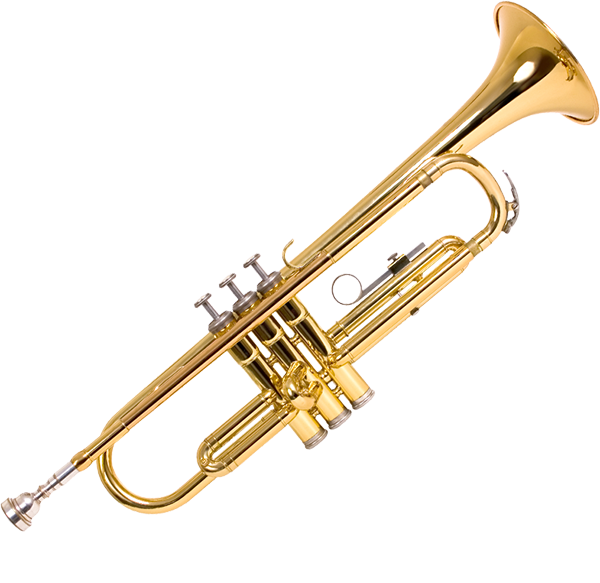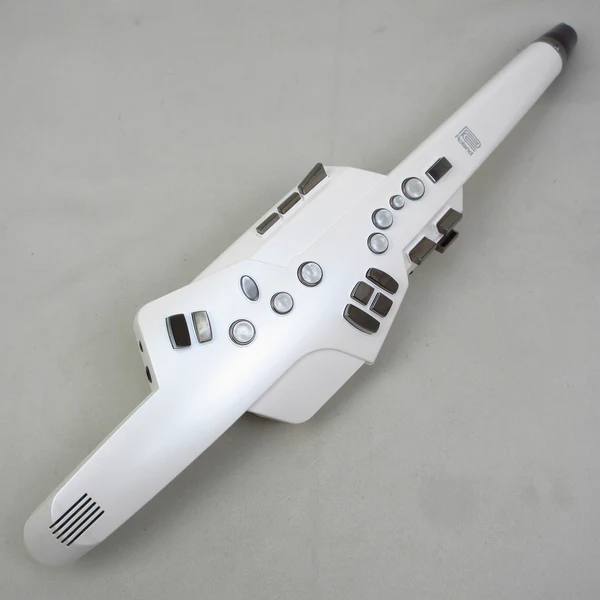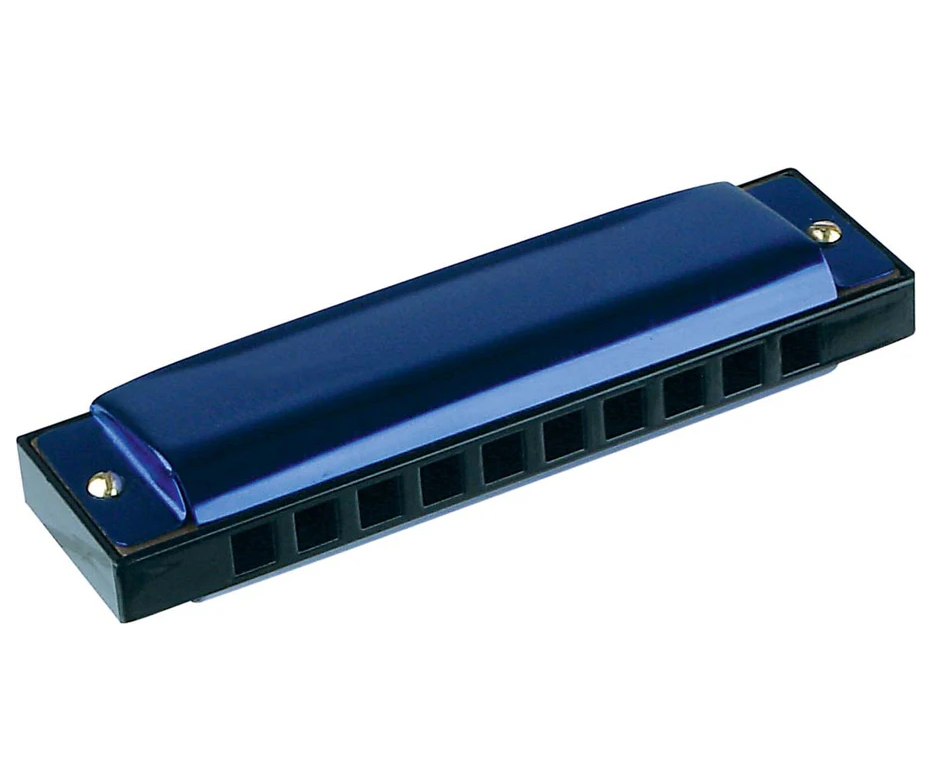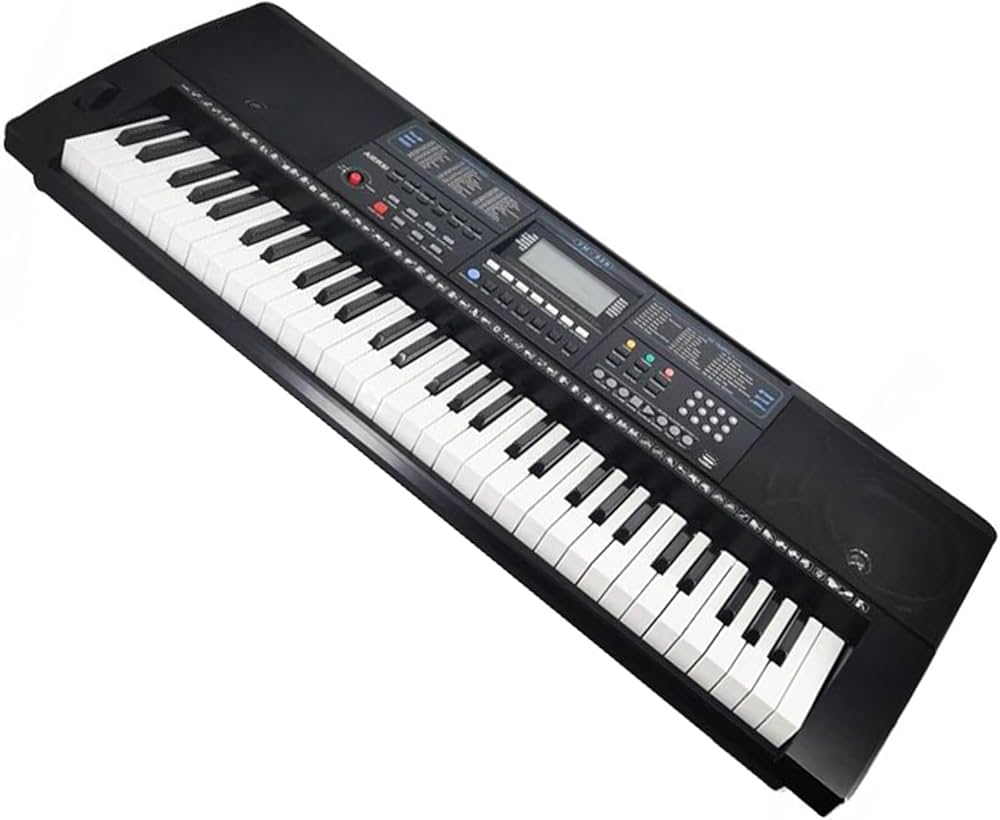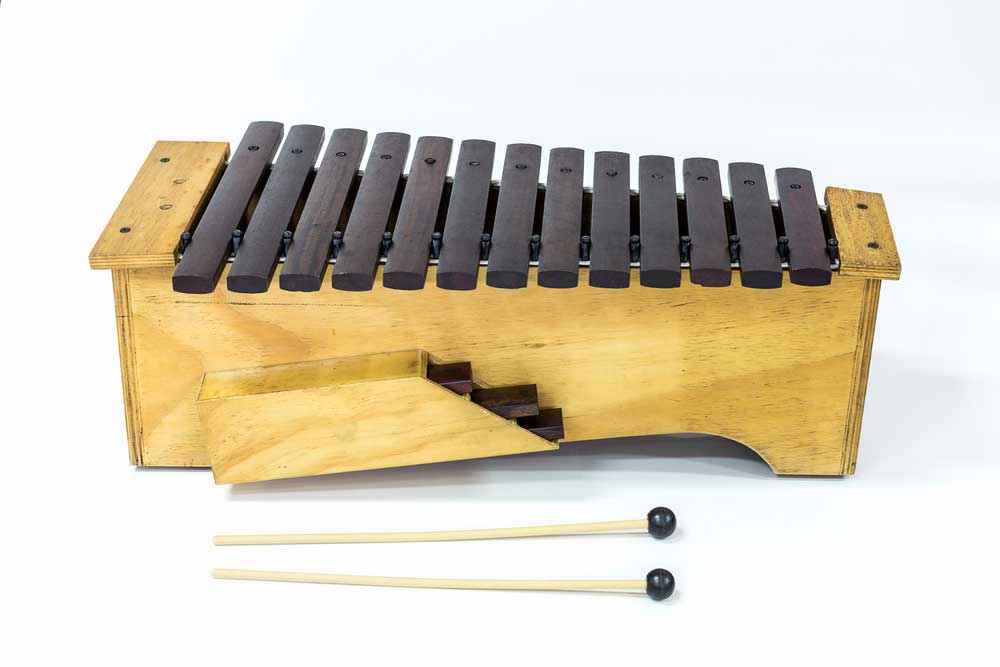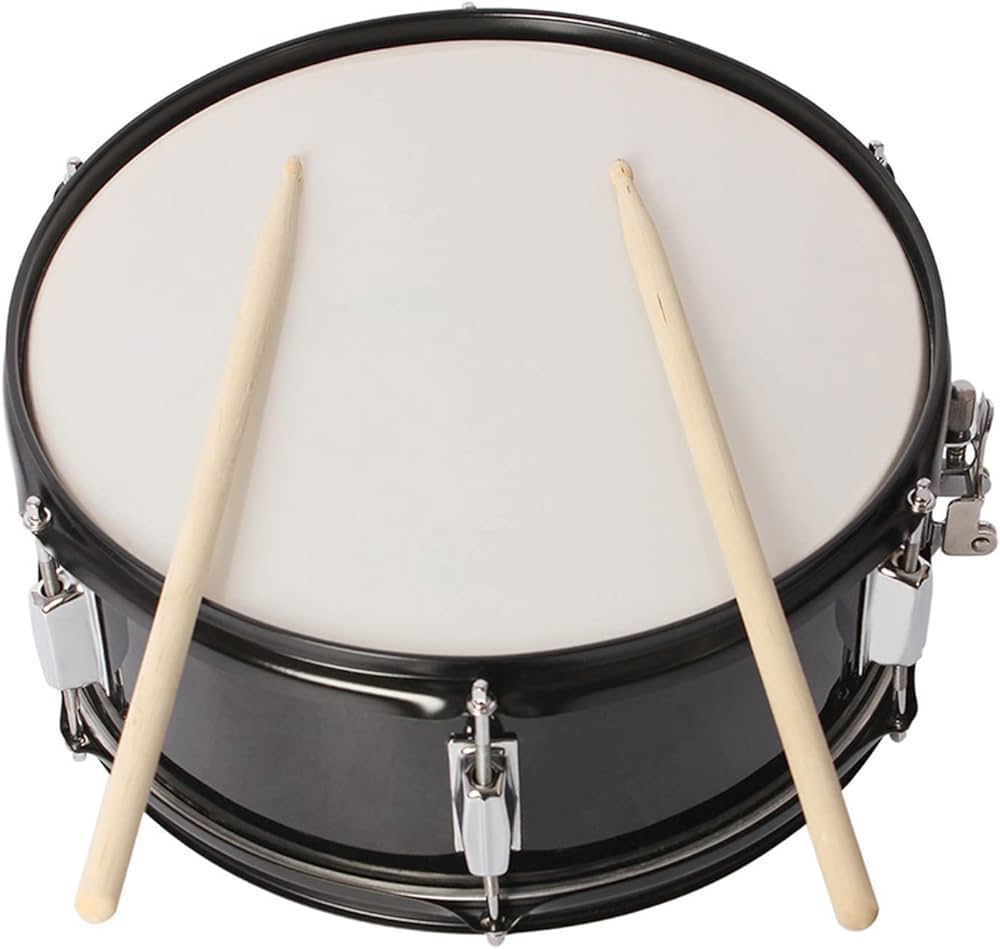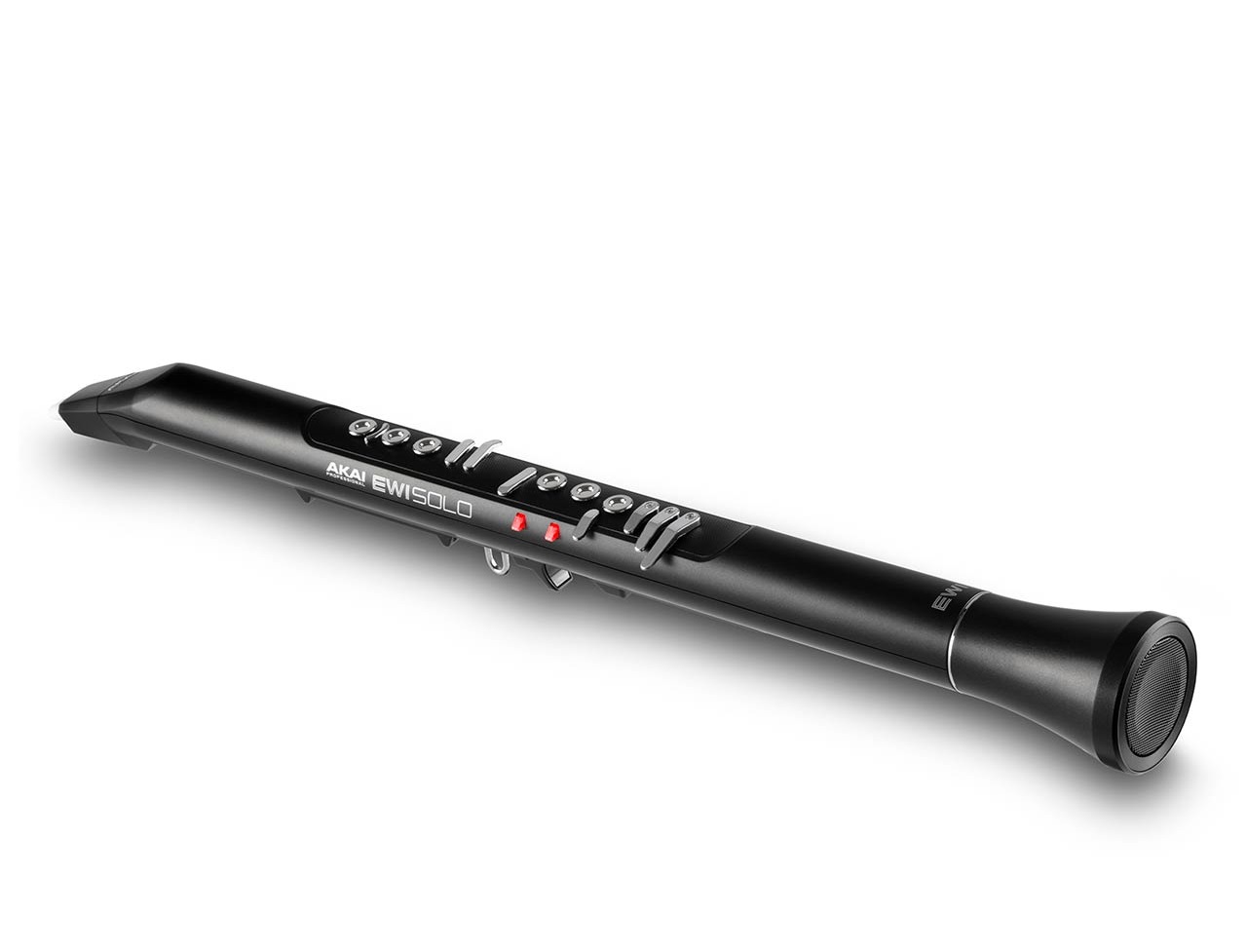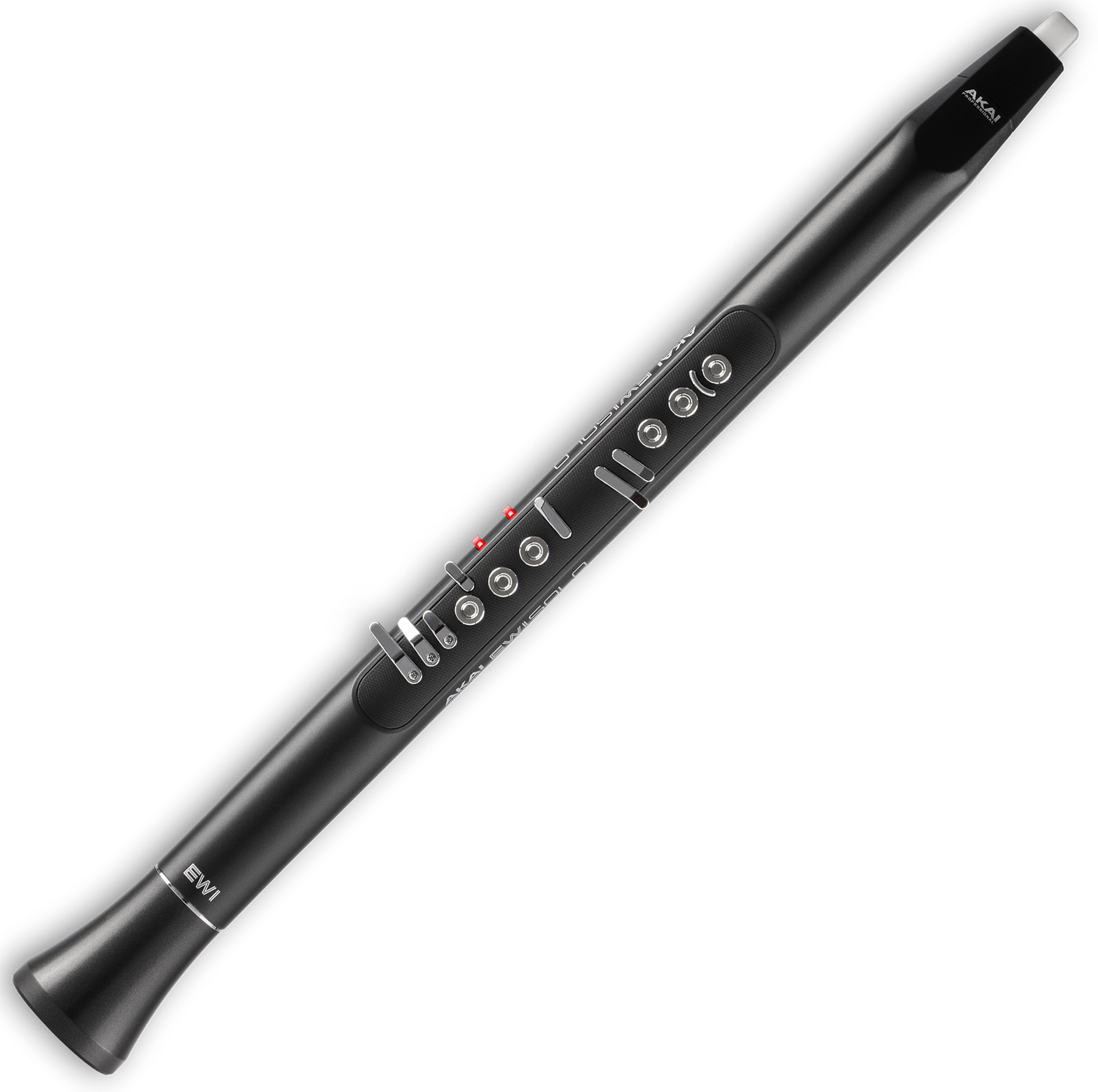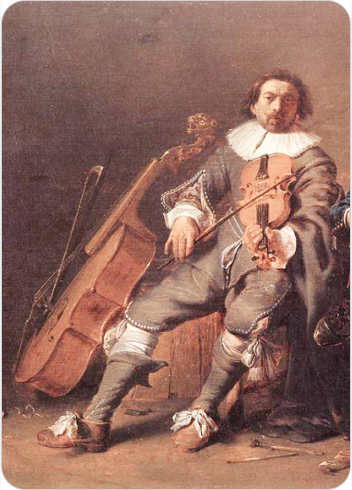Electronic wind instrument
Electronic Wind Instruments
America
Between 1901 and present
Video
The Electronic Wind Instrument (EWI) is a modern, digital wind controller that allows musicians to produce a wide range of sounds beyond the capabilities of traditional acoustic wind instruments. Unlike conventional wind instruments such as the saxophone or flute, the EWI uses electronic sensors to detect breath pressure, finger placement, and embouchure, converting these inputs into synthesized sounds. Designed for flexibility, the EWI is widely used in jazz, contemporary, and electronic music. This instrument is particularly appreciated by musicians for its ability to mimic traditional wind instruments while also offering entirely new, synthesized timbres.
Type of Instrument
The EWI falls under the category of electronic wind controllers. Wind controllers are a subset of electronic musical instruments that require breath control for sound production. Unlike purely acoustic wind instruments, the EWI does not generate sound physically but rather triggers electronic sound modules or digital synthesizers to produce tones. Because of this, the EWI is both a performance instrument and a MIDI controller, allowing users to manipulate sound design and synthesis parameters in real time.
History of the EWI
The EWI was developed in North America, specifically in the United States. This instrument was first introduced in the late 20th century as part of a growing interest in electronic and synthesized musical instruments.
The EWI was first conceptualized and developed in the late 20th century, with significant advancements in the 1980s. The instrument was pioneered by Nyle Steiner, an American musician and inventor, who sought to create an expressive electronic wind instrument that retained the playability and responsiveness of traditional wind instruments. Over the years, the EWI has continued to evolve, integrating advanced digital synthesis, improved sensors, and wireless capabilities to suit modern music production and performance needs.
Construction of the EWI
The construction of an EWI is distinct from traditional wind instruments. It typically consists of a plastic or metal body, a set of touch-sensitive keypads, a breath sensor, and an internal electronic circuit that controls sound generation and MIDI output. The keypads on the EWI function similarly to a saxophone or clarinet fingering system, though they do not require physical pressure to activate. The breath sensor detects air pressure, allowing dynamic control over volume and expression. Many modern EWIs also feature thumb-controlled pitch bend sensors and additional touchpads for adjusting parameters such as vibrato and modulation. The instrument connects to an external sound module or digital audio workstation (DAW) via MIDI or USB, enabling limitless sound customization.
Types of EWI
While the EWI is a specific product line primarily produced by Akai, electronic wind controllers come in various models and designs. Different versions of the EWI offer distinct features catering to different levels of musicianship and stylistic needs.
EWI USB
The EWI USB is a simplified version of the instrument, designed for use with a computer-based setup. It connects via USB and relies on software synthesizers to generate sound. This version is more affordable and is ideal for beginners and those who primarily work with digital audio workstations.
EWI 5000
The EWI 5000 is a wireless version of the instrument, providing greater mobility and freedom for performers. It includes an internal sound engine, battery-powered operation, and built-in effects, making it a versatile option for live performances.
Features of the EWI
The EWI is packed with features that set it apart from traditional wind instruments and make it a powerful tool for modern musicians. Some of the most notable features include:
Touch-sensitive keys that do not require mechanical movement, reducing physical strain.
Breath-controlled expression that allows for dynamic sound manipulation.
Multiple fingering modes that accommodate saxophone, flute, and clarinet players.
Built-in sound engine (in certain models) with various preset sounds.
MIDI and USB connectivity for integration with synthesizers and DAWs.
Wireless functionality (in certain models) for unrestricted movement on stage.
Sound Production of the EWI
Unlike traditional wind instruments that produce sound through vibrating reeds, air columns, or lips, the EWI generates sound electronically. When a player blows into the instrument, the breath sensor detects airflow and translates it into MIDI data, which then triggers an internal or external sound module. The touch-sensitive keys send additional MIDI messages that determine pitch, articulation, and dynamics. Many EWI models include customizable sound libraries, allowing musicians to switch between woodwind, brass, string, and electronic synthesizer tones with ease.
Playing Methods
Fingering Techniques
One of the strengths of the EWI is its adaptable fingering system. Players can choose saxophone, flute, clarinet, or oboe-style fingerings, making the transition from acoustic wind instruments relatively smooth. The instrument’s touch-sensitive keys eliminate the need for mechanical key action, enabling faster and more fluid playing techniques.
Breath Control and Expression
Breath control is a critical component of EWI playing. Unlike conventional wind instruments where embouchure and airspeed influence tone, the EWI interprets breath pressure electronically. This allows for precise control over volume, attack, and modulation. Additionally, thumb sensors enable pitch bending and vibrato, enhancing expressive capabilities.
Roles in Music and Significance
The EWI has become a valuable instrument in various musical genres, from jazz and fusion to electronic and contemporary music. Its ability to emulate traditional wind instruments while offering unique synthesized sounds makes it a favorite among experimental musicians and producers.
Expanded Sound Palette: The EWI allows musicians to produce sounds that would be impossible with acoustic instruments, broadening creative possibilities.
Integration with Technology: As a MIDI controller, the EWI seamlessly integrates with software synthesizers, electronic music production, and digital effects.
Accessibility and Versatility: The lack of mechanical keys reduces strain, making it an ergonomic option for musicians who may struggle with traditional instruments.
Stage and Studio Applications: Whether in live performances or recording studios, the EWI offers unparalleled versatility, making it a staple for many modern artists.
The Electronic Wind Instrument represents a revolutionary advancement in wind instrument technology. Its ability to blend traditional playing techniques with modern electronic capabilities has made it a favorite among contemporary musicians. As technology continues to evolve, the EWI is likely to see even further advancements, solidifying its place in the future of music.
FAQ
What are some key features of Electronic Wind Instruments?
Key features include MIDI connectivity for integration with synthesizers, breath control sensors for expressive playing, touch-sensitive keys for intuitive operation, multiple fingering systems for versatility, built-in synthesizers in some models, and portability.
What types of Electronic Wind Instruments are available?
Various types include Akai's EWI series known for innovation, Berglund's wireless options, REMI models designed for simplicity, USB variants connecting directly to computers, 4000s with built-in sounds, and portable SOLO versions.
How do Electronic Wind Instruments influence modern music?
EWIs influence modern music by providing versatile sound options across genres like jazz and electronic music. Their MIDI capabilities facilitate integration into digital audio workstations while allowing musicians to emulate traditional wind sounds.
 Links
Links
References
Other Instrument
Categories

